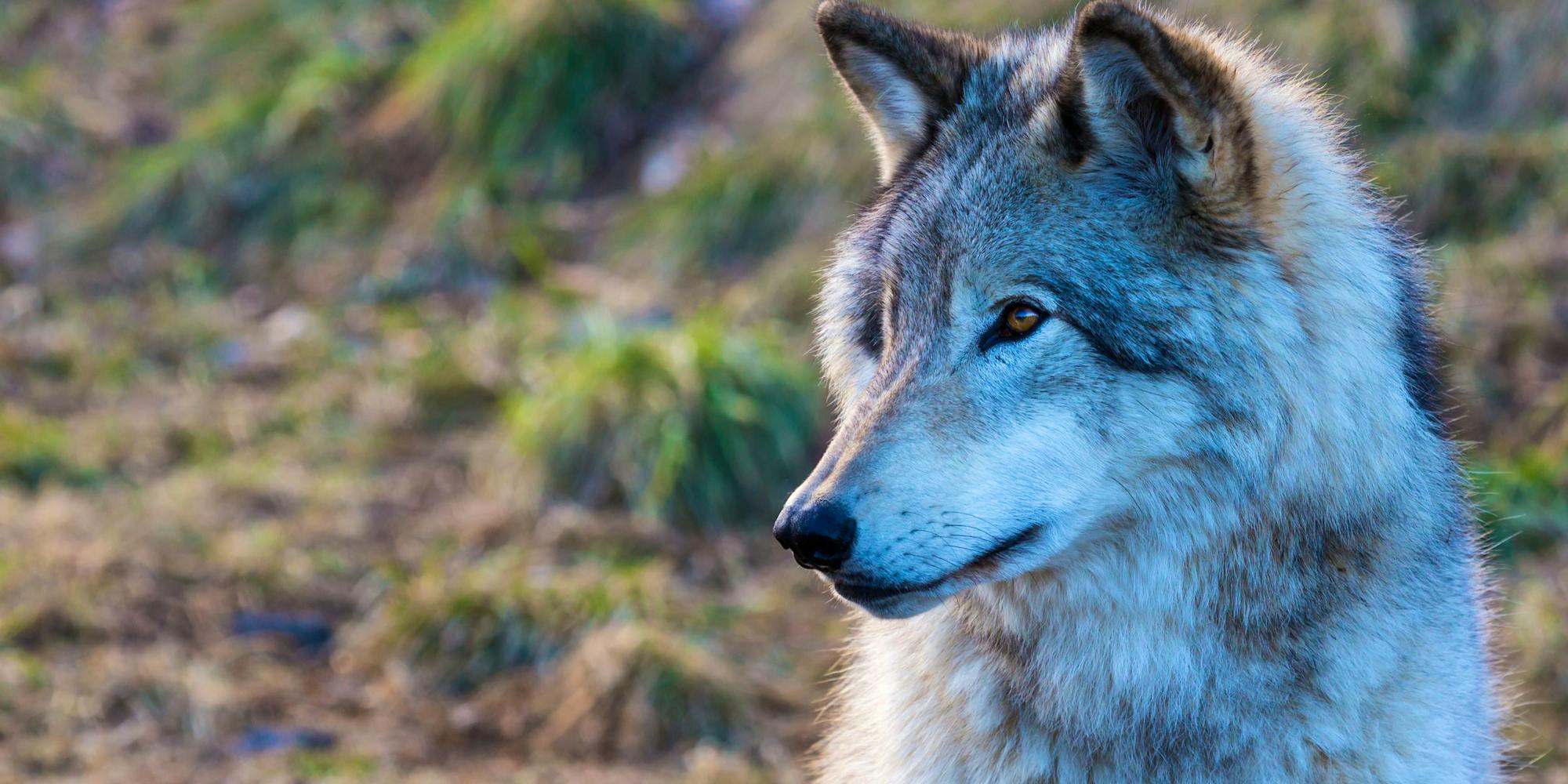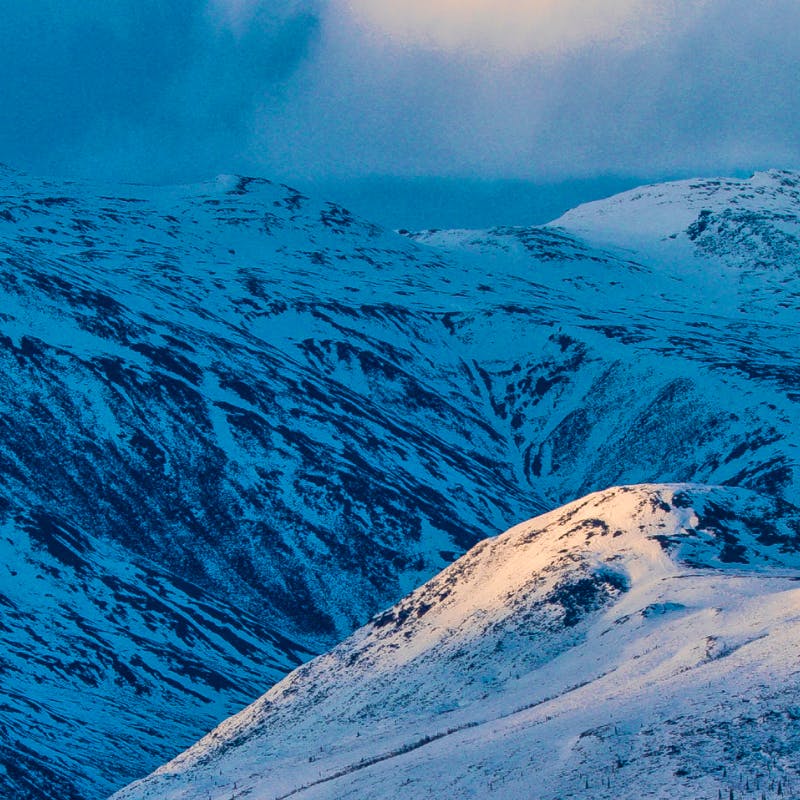In this blog post, we are pleased to share an op-ed that ran in the Methow Valley News that explains Washington’s anticipated decision to downlist protections for gray wolves or maintain those protections. Read the original op-ed here.
Have you ever imagined what Washington looked like 300 years ago? Mountains of endless evergreen trees, rivers teeming with salmon, the skies peppered with eagles and songbirds. Encounters with wolves were surely part of life as well, as these great canids could be found all the way from Appalachia in the east to our home here in the Pacific Northwest.
Over the coming decades, we learned these seemingly limitless numbers of wildlife were, in fact, fragile. Wolves became extinct throughout most of the contiguous United States due to unregulated hunting. Fortunately, states and the federal government became interested in preventing extinction and passed a series of laws to protect endangered species, including wolves.
Thanks to both state and federal law, wolves returned to Washington and have begun to recover. This could all begin to change very soon, however, as the Washington Department of Fish and Wildlife (WDFW) has proposed removing state protections for wolves before meeting recovery benchmarks set by the state over a decade ago.
Back in 2011, after years of research, 19 public scoping meetings, and tens of thousands of public comments, the WDFW developed and adopted a plan to guide wolf management and recovery. This plan established certain wolf population and time requirements before the state could consider removing endangered species protection.
Today, the WDFW proposal to downlist wolves from endangered disregards certain aspects of the 2011 plan, while conveniently keeping parts of the plan not pertinent to the proposal at hand. This cherry-picking approach undermines the credibility and effectiveness of the entire conservation strategy.
Objectives not met
As of Dec. 31, 2023, the state estimated a minimum population of 260 wolves, up from 216 the previous year. This population gain is a remarkable achievement and a significant step towards wolf recovery. Population growth, however, doesn’t reflect the specific population recovery objective set in the 2011 wolf plan. The plan designated specific recovery regions and established population requirements for those regions. Presently, those requirements have not been met in all regions. According to the wolf plan, until this recovery objective is met, wolves should retain endangered species status.
The WDFW also argues that existing federal protections are adequate to support the proposal. An argument which doesn’t account for a legislative push in the U.S. House of Representatives this year to strip federal protections for the gray wolf throughout the lower 48 states. What’s more, the timing of this proposed downlisting could not be more precarious. Nationally, 2024 has been marked by troubling incidents of wolf persecution, including instances of poaching in neighboring Oregon and an egregious act of cruelty in Wyoming. Against this backdrop of threats, downlisting wolves in Washington would send the wrong message and jeopardize ongoing conservation efforts.
Downlisting wolves will endanger wolf recovery in Washington. It would be a shame for us to have come so far in reestablishing this magnificent animal to our state to have a setback as we move closer to meeting the wolf plan recovery objectives. Luckily, there is time to make your voice heard. Interested citizens can contact the Washington Fish and Wildlife Commission before its scheduled July vote on WDFW’s proposal and recommend it decline the proposal to downlist wolves.
There is, sadly, no going back to the world some of our ancestors saw in the West, but we do have an opportunity to recover Washington’s wolves. A successful restoration of this key member of our ecosystem will help make our landscape more whole again. Doing anything short of maintaining state endangered status until wolves have met the plan’s recovery objectives, is a disservice to us and all the generations who follow in our footsteps.
Washington voted on July 19 to maintain endangered status for the gray wolf. Read our response here.
From the Blog








Follow Defenders of Wildlife
facebook twitter instagram youtube tiktok threads linkedin